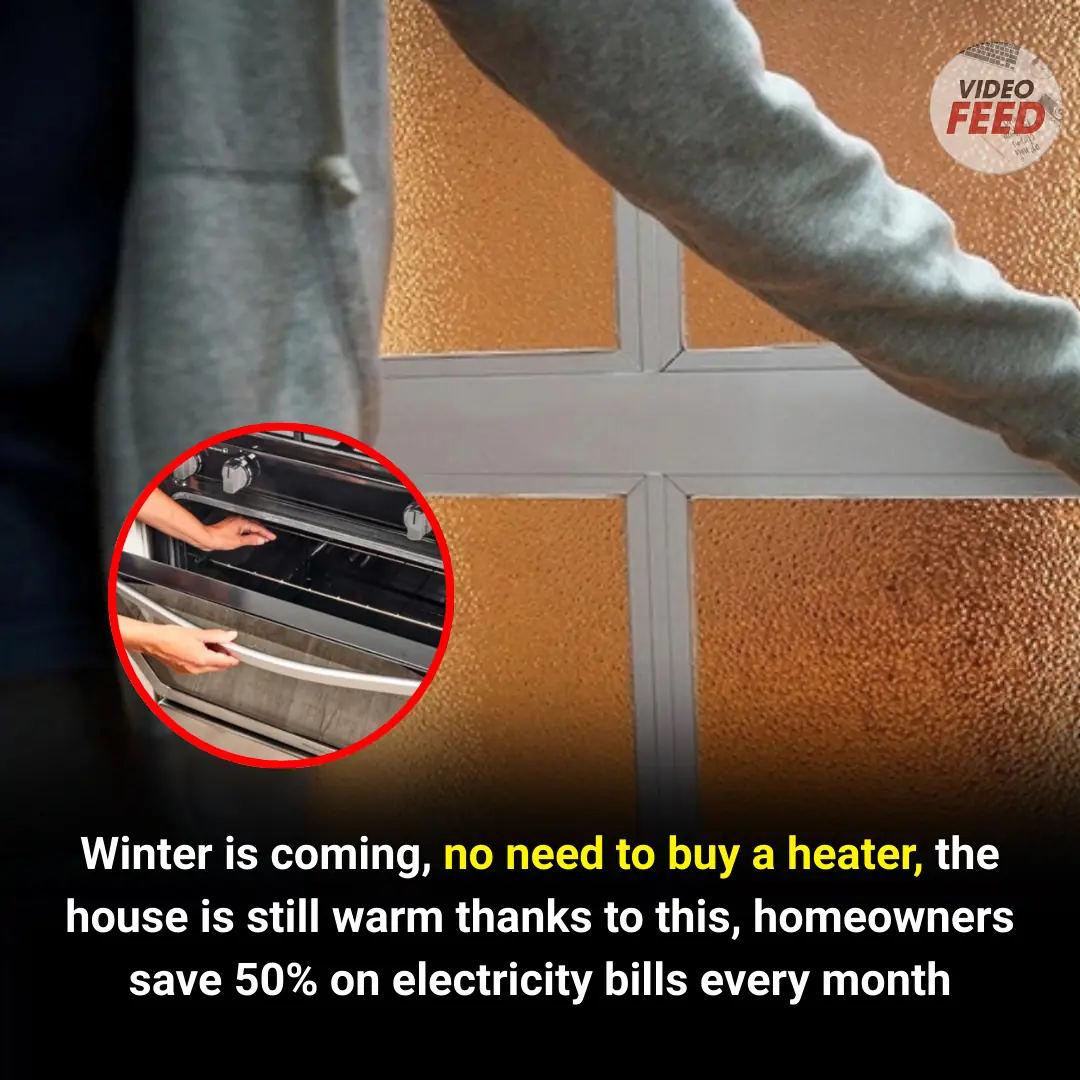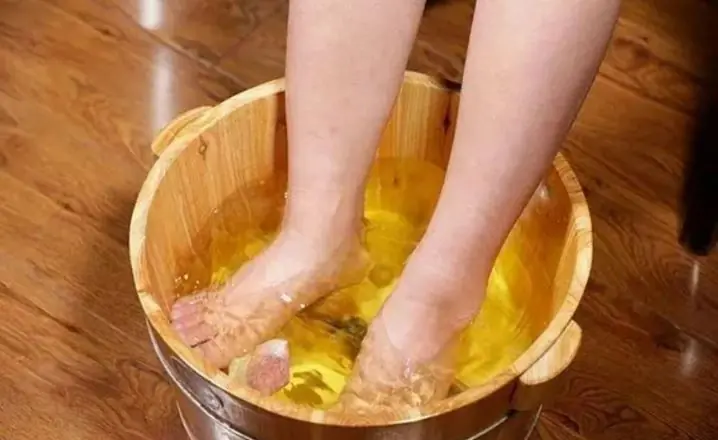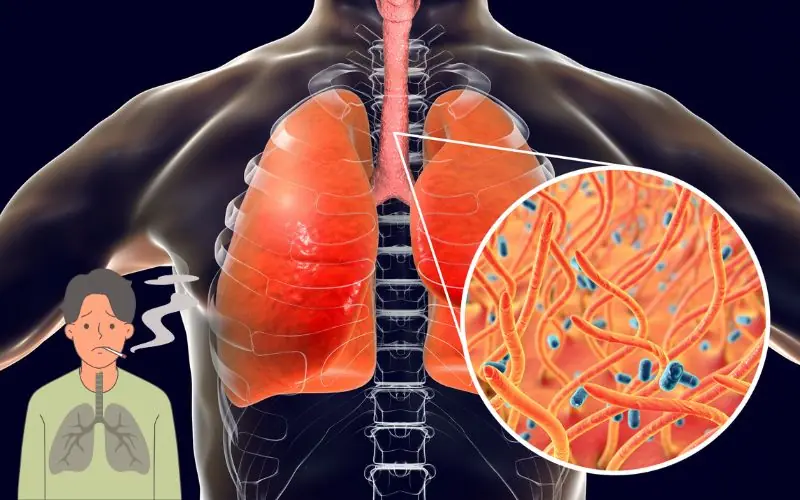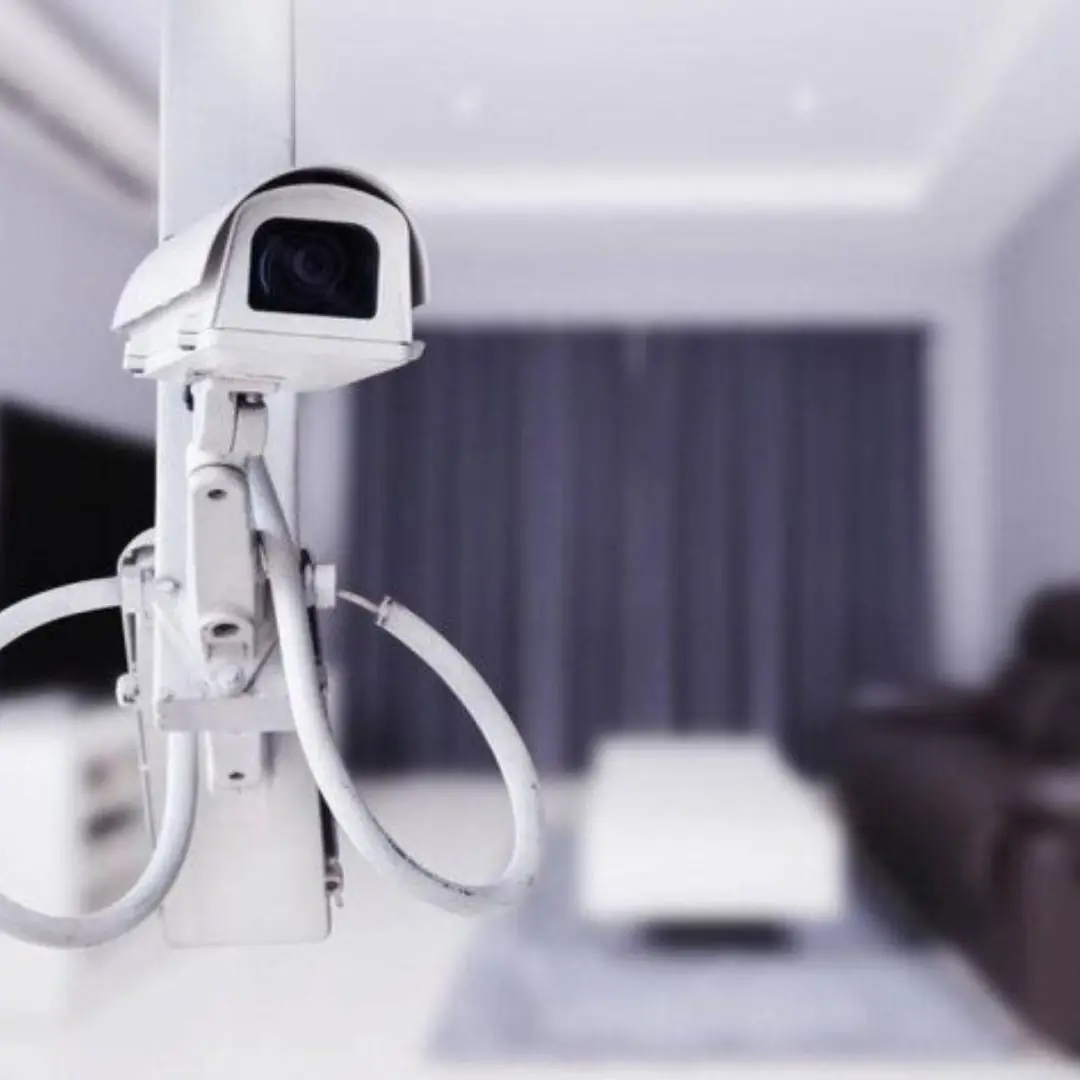
Winter is coming, no need to buy a heater, the house is still warm thanks to this, homeowners save 50% on electricity bills every month

When the cold season arrives, many households immediately think of heaters, heat pumps, or electric radiators — but these devices consume a significant amount of electricity, especially if they run throughout the night. Fortunately, you can keep your home warm using simple, low-cost, energy-saving methods that can help you cut your electricity bill by up to 50%. Below is a practical, step-by-step guide to making your home warm and cozy without the expense of a heater.
1. Wall insulation — the foundation of long-lasting warmth
Thin or exterior-facing walls allow heat to escape quickly. Investing in wall insulation — such as foam panels, insulating sheets, or thermal-insulating paint — greatly reduces heat loss.
Benefits:
-
Keeps warmth inside longer, reducing the need for extra heating.
-
One-time investment that pays off through reduced electric bills.
How to do it: check windy-facing walls, choose insulation materials suitable for your budget (thin panels for apartments, thicker ones for houses), and install them yourself or hire a professional.
2. Use floor rugs — instant warmth at a low cost

Tile, concrete, and wooden floors absorb and release warmth quickly, making the room colder. Area rugs not only keep your feet warm but also act as a barrier to prevent heat from escaping downward.
Tips:
-
Place thick rugs in high-use areas like the living room and bedroom.
-
Use smaller mats in spots with constant foot contact (beside the bed, under a desk).
Cost: much cheaper than heating devices and easy to clean or replace.
3. Thick curtains — an effective barrier against the cold
Windows and glass doors are some of the biggest causes of heat loss. Thick or thermal curtains help block cold air from entering the home, especially at night.
Usage tips:
-
Open curtains during the day to let sunlight in; close them tightly after sunset to trap heat.
-
For large windows, use two layers of curtains: a decorative sheer layer and a thick inner layer.
4. Take advantage of sunlight — free natural heating
Daylight is an excellent, cost-free heat source. During sunny hours:
-
Open all curtains and windows that face the sun.
-
Allow sunlight to warm the floor, walls, and furniture, which helps retain heat later in the evening.
When it gets dark, close windows and curtains to keep the warmth inside.
5. Seal gaps and keep doors closed — block cold drafts
Even tiny gaps can let cold air in and reduce warmth. Inspect and seal:
-
Use weatherstrips, silicone sealant, or insulating tape for windows and doors.
-
Place draft stoppers at the bottom of doors to prevent air from seeping in.
These small fixes are inexpensive but provide long-lasting benefits.
6. Reverse ceiling fans — reuse the warm air you already have
If your home has ceiling fans, switch them to clockwise (reverse) mode at a low speed in winter. This gently pushes the warm air trapped near the ceiling back down, helping the room stay warm without additional electricity.
7. Use kitchen heat wisely
Cooking generates a considerable amount of heat. You can take advantage of this by:
-
Leaving the oven door slightly open after cooking (only when safe to do so).
-
Running the dishwasher or oven in the evening when extra warmth is useful.
Safety note: always ensure proper ventilation and avoid overusing appliances solely for heating.
8. Make the space cozier with soft furnishings
Soft items like thick blankets, layered bedding, pillows, and small floor cushions help retain personal warmth. A fabric-covered sofa or a warm throw blanket can make the space feel cozier and reduce the need to heat the entire room.
9. Personal habits that help save energy
-
Wear layered clothing at home (sweaters, warm socks, light indoor jackets).
-
Use hot water bottles or timed electric blankets instead of heating the whole room.
-
Make a habit of closing unused rooms so warmth stays in the main living areas.
Conclusion — combine multiple methods for the best results
There isn’t a single magical solution that completely replaces heaters, but using several methods together — wall insulation, rugs, thick curtains, sealing gaps, sunlight, and reverse ceiling fan mode — will noticeably warm your home while reducing electricity consumption. Many households report that applying at least 4–5 of these tips can help them achieve up to 50% savings compared to relying on heaters or heat pumps.
News in the same category


7 Bad Habits That Harm Your Heart

7 Signs Your Body Might Be Iron Deficient

A Fruit People With Kid.ney Disease Should Limit

4 Types of Salads You Should Eat Regularly to Support Li.ver Detoxification

4 Natural Ingredients That Help Protect the Li.ver in Men

3 Everyday Vegetables American Doctors Eat to Keep Their Li.ver Healthy

3 Silent “Culprits” That Dramatically Increase Your Risk of Stroke

Rubbing Ginger on Your Feet Before Bed: Men and Women Will Be Surprised by Its Benefits!

The Forgotten Home Remedy That Instantly Soothes Tooth.ache

The Silent Metabolism Kill.er: How Your “Healthy” Breakfast Is Slowing Your Fat Burn All Day

The 7-Second Rule: The Surprising Morning Habit That Transforms Your Gut, Energy, and Mood

The Tiny Superfood That Can Help Lower Bloo.d Pressure: Discover the Power of Chia Seeds

Unlock the Hidden Power of Banana Peels: Amazing Health Benefits You Need to Know

5 Secret Eating Habits for Glowing Skin This Fall & Winter: You Won't Believe How Simple It Is

The 5-Minute Kitchen Hack for a Brighter Smile

THE PAPAYA LEAF HAIR MIRACLE: The Ancient Secret That Triggers Extreme Hair Growth Most People Ignore!

The 3-Day L.ung Reset: The Ancient Onion Remedy That Melts Mucus, Calms Coughs, and Clears Your Ch.est Naturally

Relax, Refresh, Revitalize – Give Your Eyes the Care They Deserve!
News Post

Why shouldn't I install surveillance cameras in my home?

Coconut Pineapple Banana Bread

Cranberry & Spinach Stuffed Chicken Breasts with Brie — An Elegant, Flavorful Dish for Home Cooking

I Married My College Sweetheart—Then Found Out He Was Still In Love With My Sister

Panna Cotta with Raspberry Sauce

My Best Friend Became My Boss—and Suddenly I Was Fired Over Her Revenge

Mango Yogurt Smoothie Parfait

Mix Rice With This Ingredient and Place It in the Corners of Your House

Honey Garlic Crispy Chicken – Recipe

Shrimp & Broccoli Stir-Fry (Garlic Teriyaki Style)

George, the Brave Little Terrier Who Saved Five Children

Herb Butter Chicken with Mashed Potatoes & Roasted Carrots

Oven-Baked Chicken Thighs with Potatoes

The Lantern Dog of Maple Street

Refusing to Serve: A Bride’s Stand Against Endless Family Chores

A Family’s Hidden Financial Divide: When Favoritism Leads to Collapse

After my daughter’s funeral, I accidentally overheard a conversation of my fiancé. At that moment, I realized: not a single second can be wasted

My son is divorcing you, so pack your things—take your daughter’s too—and vacate the room,” the mother-in-law said coldly to her daughter-in-law
